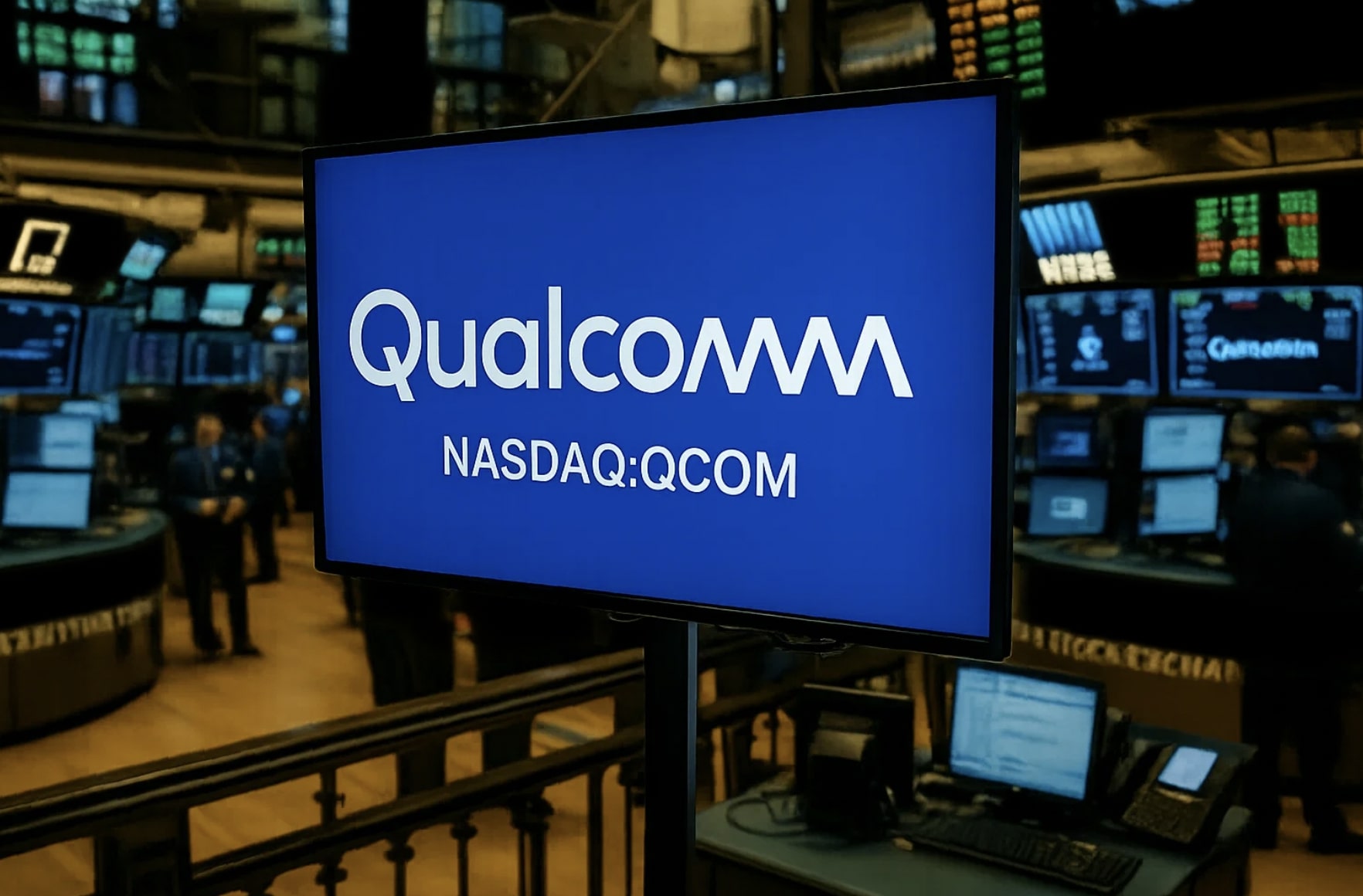BINC ETF Overview and Performance Analysis
The iShares Flexible Income Active ETF (NYSEARCA:BINC) offers a diversified and dynamic approach to bond investing, focusing on a broad spectrum of bond sub-asset classes, including investment-grade corporate bonds, mortgage-backed securities (MBS), high-yield bonds, and collateralized loan obligations (CLOs). With a strong yield of 6.4% and a performance track record that outperforms many of its peers, BINC stands as an attractive option for income-seeking investors. The ETF offers a lower-risk, well-balanced portfolio with consistent dividends, making it suitable for core bond allocations or as a standalone bond investment in a diversified portfolio.
BINC’s Diverse Portfolio and Risk Considerations
One of the standout features of BINC is its incredible diversification. The fund actively invests across a range of bond sub-asset classes, ensuring broad exposure to various fixed-income securities. It has a much wider range than typical bond ETFs, such as the Vanguard Total Bond Market Index Fund ETF Shares (BND) or the iShares Core U.S. Aggregate Bond ETF (AGG), which do not include high-yield bonds or CLOs. With a portfolio that spans from corporate bonds to international debt, BINC is uniquely positioned to offer a comprehensive bond solution.
Credit risk in BINC is moderate, with a focus on higher-quality bonds. Approximately 65.9% of the fund is invested in investment-grade bonds, while the remaining portion is allocated to high-yield and lower-rated bonds. This mix allows BINC to capture higher returns without exposing investors to excessive risk. With a BBB+ average credit rating, BINC provides a balanced approach to bond investing, ensuring both growth potential and safety.
Duration and Interest Rate Sensitivity
BINC’s portfolio duration is 3.4 years, which is notably short compared to the broader bond market. A shorter duration means the ETF’s share price is less sensitive to changes in interest rates, making it more resilient when rates rise. BINC will likely outperform in environments where interest rates are increasing, while the ETF may slightly underperform if rates decrease, as its bonds do not react as quickly to lower rates. This shorter duration offers an ideal balance between stability and opportunity for capital gains, which is highly attractive to conservative investors.
The ETF’s strategy of investing in both variable-rate and fixed-rate bonds adds an extra layer of flexibility. The variable-rate portion provides protection against rising rates, with coupon rates that adjust alongside Federal Reserve moves. On the other hand, the fixed-rate segment offers a stable income stream, though it’s slower to react to changes in rates. This diversification in interest rate exposure ensures that BINC can navigate various market environments without excessive volatility.
Performance Track Record and Yield
Since its inception, BINC has consistently delivered a strong performance track record, outperforming many other fixed-income ETFs. The ETF's dividend yield of 6.4% is notably higher than the average bond fund, and its past returns have exceeded those of many similar funds. Despite the volatility seen in late 2023 when interest rates spiked, BINC held up well, showing resilience during market corrections. However, as rates have rebounded over the last few months, BINC has faced more volatility than in previous periods, though it still manages to outperform many of its passive peers.
The 6.4% dividend yield offered by BINC places it in the higher end of the yield spectrum, providing a reliable source of income. However, investors should consider the potential impact of Federal Reserve rate cuts, which could affect the ETF's dividend payouts. While recent data suggests that BINC may see some reduction in yield if rates continue to fall, its income generation should remain competitive, particularly in a low-rate environment.
BINC vs. Other Fixed-Income ETFs
When comparing BINC to other actively managed bond ETFs, it becomes clear that it offers a more flexible and diversified approach. Competitors such as the JPMorgan Income ETF (JPIE) and iShares High Yield Muni Income Active ETF (HYMU) have similar strategies but are more constrained in terms of their investment universe. BINC’s ability to invest across a broad spectrum of fixed-income securities gives it an edge, especially in a rising interest rate environment. Although it has slightly underperformed high-yield bond ETFs like the HYG and JNK over the last year, BINC provides more stability with less downside risk, making it a valuable addition to portfolios seeking steady income.
In comparison to passive high-yield bond ETFs, BINC’s actively managed strategy allows it to outperform in volatile market conditions. BINC tends to show less downside when interest rates spike, as evidenced during the interest rate increases in 2023. While passive high-yield bond funds are more susceptible to market swings, BINC’s flexible, active management allows it to make strategic decisions based on market conditions, helping it minimize risks and optimize returns.
BINC’s Future Outlook and Investment Strategy
Looking ahead, BINC appears well-positioned to continue providing a reliable source of income with competitive returns. The fund’s diversified portfolio, short duration, and solid credit quality ensure that it can weather most market conditions. The ETF's unique blend of bonds across various asset classes, along with its ability to adjust to changing interest rate environments, provides investors with a flexible, lower-risk option in the bond market.
Investors should consider BINC as part of a diversified fixed-income strategy, particularly in a market where interest rates are uncertain and the risk of rising rates remains present. With a 6.4% yield and the ability to outperform in different interest rate environments, BINC offers an attractive option for those seeking stability and income. However, given its reliance on active management and the potential impact of future interest rate changes, investors should continue to monitor the ETF’s performance and adapt their investment strategy accordingly.
In conclusion, BINC is a top choice for investors seeking a balanced, diversified, and flexible bond ETF. Its robust dividend yield, combined with a well-managed portfolio that can navigate changing market conditions, makes it an appealing option for income-focused investors. Whether you’re looking for a core bond holding or a tactical investment to navigate interest rate fluctuations, BINC provides a strong foundation for your portfolio.
For more information and to view real-time updates on NYSEARCA:BINC, check the real-time chart here. For insider transactions and additional stock profile details, visit BINC’s stock profile.

















